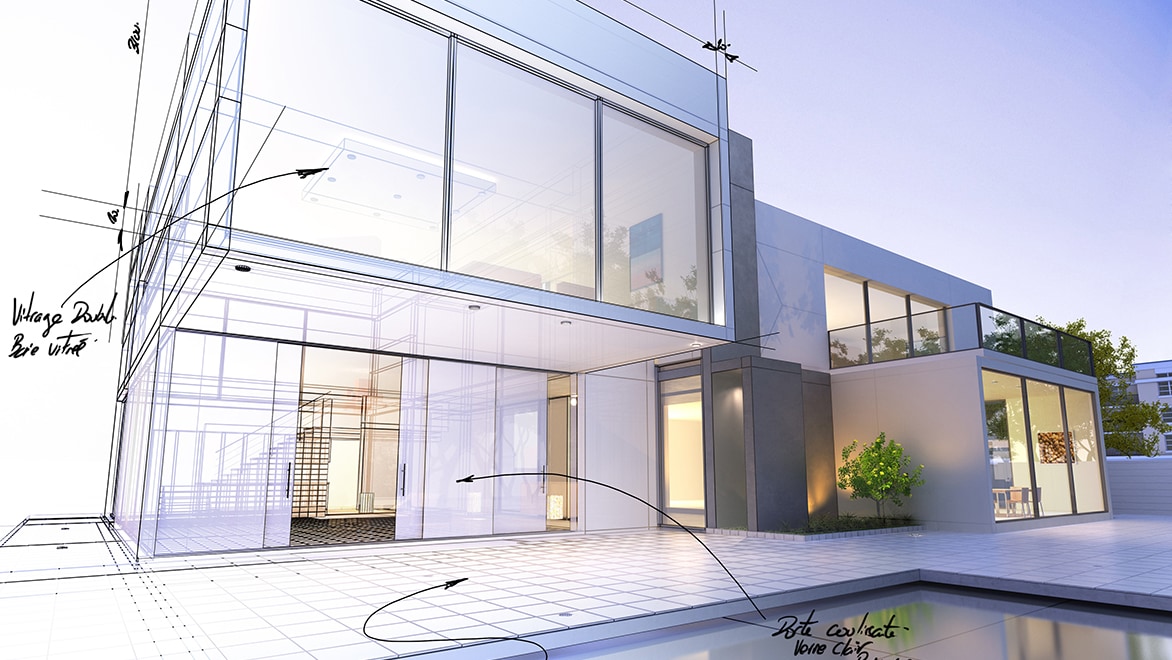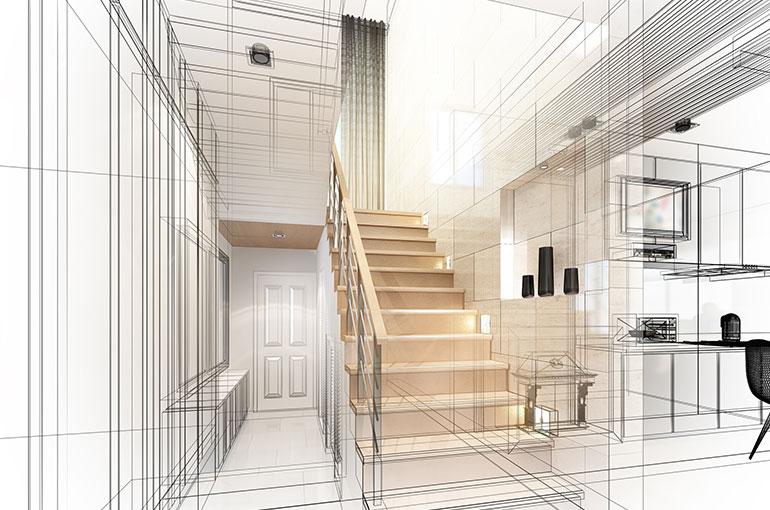Exactly How CDA Architects Incorporate Creative Thinking and Functionality in Modern Architecture
Exactly How CDA Architects Incorporate Creative Thinking and Functionality in Modern Architecture
Blog Article
Recognizing the Collaborative Process Between Engineers and Engineers in Modern Building And Construction Projects
The joint procedure between architects and engineers is necessary in modern-day construction projects, as it harmonizes design intent with engineering expediency. Checking out these dynamics exposes insights that could considerably affect task outcomes and overall sector standards.
The Significance of Collaboration
The joint harmony between designers and designers is essential for the effective understanding of any kind of building and construction task. This partnership combines distinct proficiency and perspectives, making it possible for the combination of innovative layout with useful engineering remedies. By interacting, designers and engineers can make certain that a job not just satisfies visual and functional needs but likewise adheres to safety and security, sustainability, and budgetary restraints.
Collaboration fosters a common vision, helping with the placement of goals and expectations from the start. This alignment is critical in attending to possible difficulties and mitigating threats that could emerge throughout the task lifecycle. Furthermore, a joint approach enables the reliable allocation of resources, maximizing both time and price.
The importance of collaboration reaches the repetitive procedure of layout and construction, where comments from engineers can notify architectural choices, leading to even more feasible and sustainable styles. Alternatively, engineers can inspire designers to believe creatively concerning how to attain structural honesty without endangering imaginative intent. Ultimately, the joint relationship between architects and engineers is not merely advantageous; it is fundamental to the development of high-quality, functional, and ingenious built environments that meet the requirements of culture.
Interaction Strategies and Tools
Effective communication methods and tools are important for cultivating collaboration in between designers and engineers throughout the project lifecycle. Developing clear networks of communication is vital to make certain that all group members are straightened with job goals, timelines, and obligations. Regular conferences, both in-person and digital, give chances for stakeholders to review development, address issues, and make educated choices.

Furthermore, embracing collaborative communication devices, such as Slack or Microsoft Teams, enables instant messaging, file sharing, and continuous discussions, promoting an extra agile action to arising concerns. Document administration systems additionally play a critical role in organizing project documentation, making sure that all staff member have access to the most up to date details.
Shared Goals and Job Vision
A linked job vision acts as the foundation for successful cooperation between designers and engineers (cda architects). This shared vision not just straightens the efforts of both events however additionally establishes an usual framework for decision-making throughout the project's lifecycle. By verbalizing clear goals, stakeholders can effectively browse the complexities of modern view website building jobs, making sure that both visual and useful needs are fulfilled
Establishing common objectives includes open discussion and a thorough understanding of each discipline's payments. Architects typically concentrate on layout intent, spatial connections, and customer experience, while engineers emphasize architectural stability, systems performance, and compliance with guidelines. When these point of views are lined up, the outcome is a natural task that complies with both creative ambitions and technological usefulness.
Furthermore, a find well-defined project vision cultivates liability amongst employee, urging each participant to take possession of their role in achieving the wanted outcome. Normal check-ins and joint workshops can better strengthen this commitment, permitting changes to be made as the job evolves. Inevitably, a common vision not only improves teamwork yet also elevates the high quality of the last deliverable, leading to effective job completion.
The Duty of Innovation
Leveraging innovation has come to be vital in boosting cooperation in between engineers and engineers. Structure Details Modeling (BIM) stands out as a crucial modern technology, allowing both architects and engineers to create in-depth 3D models that envelop style intent and structural stability.
Furthermore, cloud-based systems enable seamless partnership, permitting task stakeholders to gain access to and upgrade project information from anywhere. This fosters a culture of openness and responsibility, as adjustments can be tracked and evaluated in real-time. In addition, mobile applications more boost interaction, giving on-site groups with instant accessibility to job specifications and updates.
Arising technologies such as expert system and machine discovering are additionally beginning to play a function in predictive evaluation, assisting teams determine prospective concerns prior to they occur. Ultimately, the role of technology in architecture-engineering collaboration not just boosts operations performances however likewise enhances development, leading to even more successful project results. By embracing these technological innovations, architects and designers can make certain an extra cohesive and effective joint procedure throughout the building and construction lifecycle.
Study in Successful Partnerships
Many situation researches show the extensive influence of efficient collaborations in between architects and engineers on project outcomes. One notable example is the cooperation on the High Line in New York City City, where landscape designers, designers, and city coordinators worked with each other to transform an abandoned railway right into a vibrant public park. This multidisciplinary technique not only enhanced the visual top quality but additionally ensured architectural safety and environmental sustainability.

The Burj Khalifa in Dubai further shows the value of collective efforts - cda architects. The combination of style and engineering competence enabled the job team to accomplish extraordinary elevations while sticking to safety guidelines and aesthetic vision
These instances emphasize the relevance of communication, trust, and shared purposes. In today's intricate construction environment, such collaborations are necessary to browsing obstacles and delivering tasks that meet both practical and visionary objectives.
Verdict
In final thought, the collaboration in between architects and engineers is necessary for the success of modern building jobs. Effective communication techniques, a shared job vision, and the assimilation of sophisticated modern technologies are essential components that promote this partnership. By cultivating a culture of accountability and leveraging devices such as Structure Details Modeling (BIM), teams can browse job complexities, ensuring that aesthetic, functional, and sustainability goals are attained. Ultimately, this harmony leads to cutting-edge and effective task outcomes.
Report this page